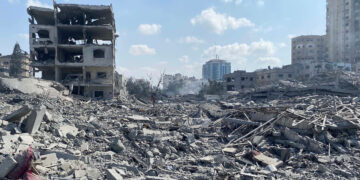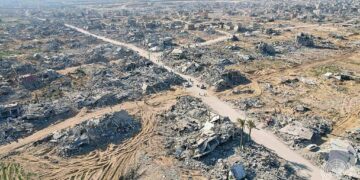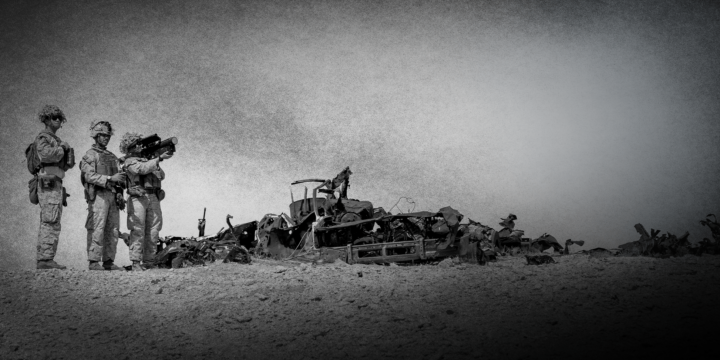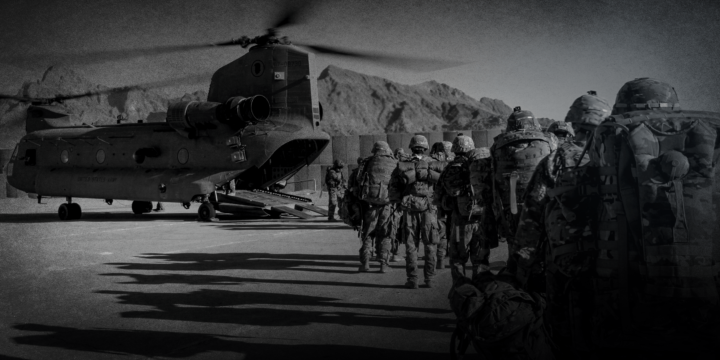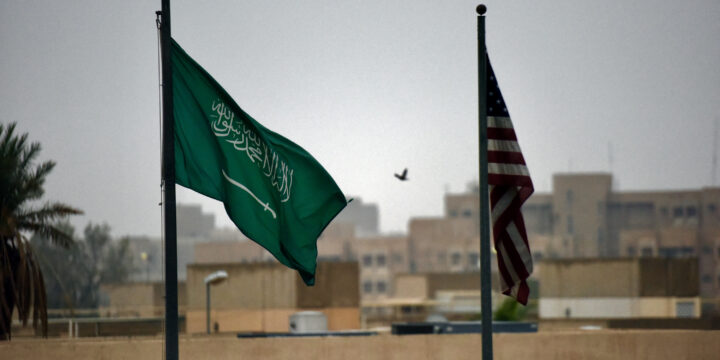June 28, 2025
The Iran strike shows we don’t need bases in the Middle East
By Jennifer Kavanagh and Dan Caldwell
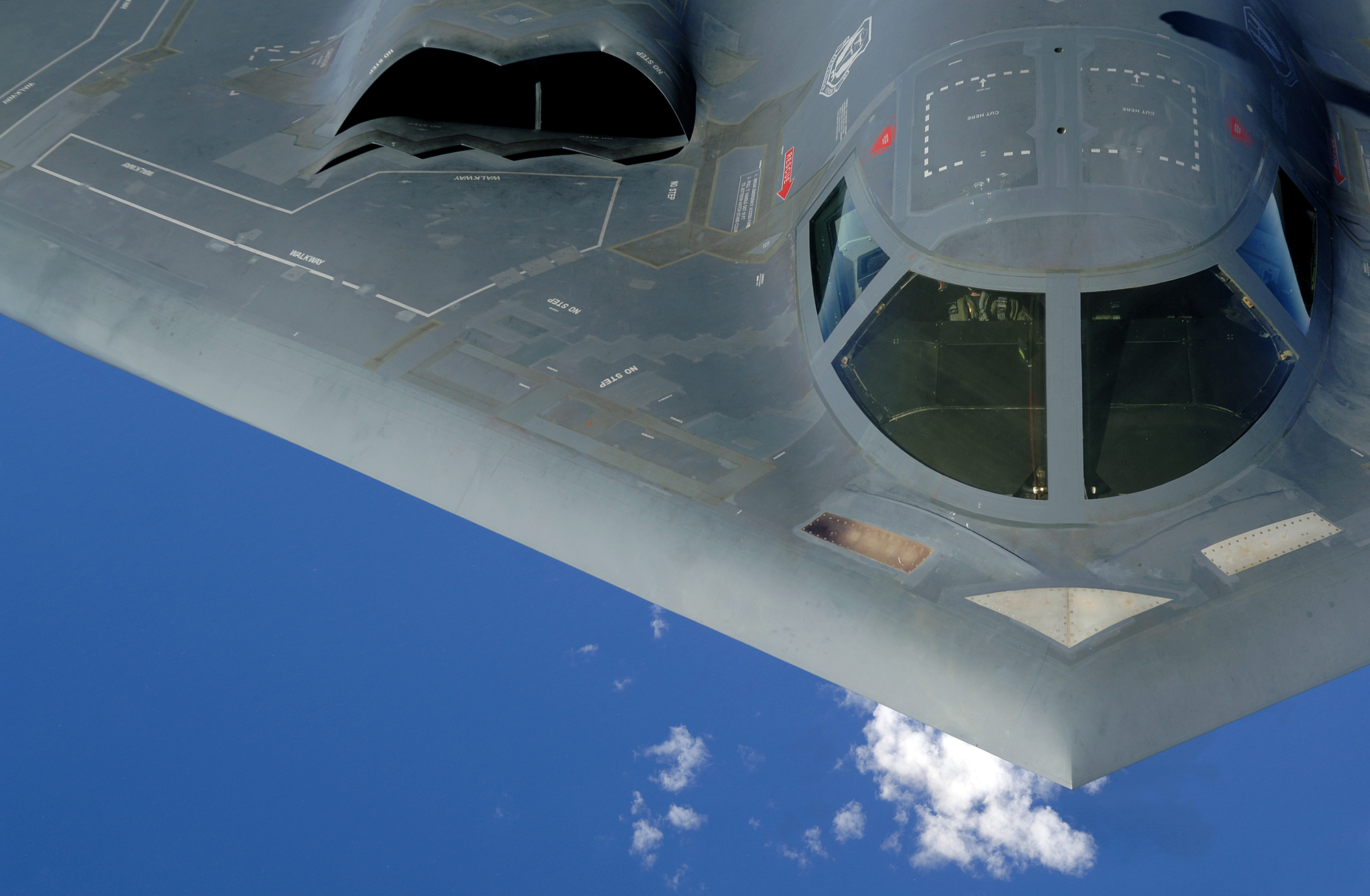
On June 21, B-2 bombers launched from Whiteman Air Force Base in Missouri flew 37 hours round trip to attack Iranian nuclear sites at Fordow and Natanz, while 30 Tomahawk cruise missiles were launched from a submarine in the Persian Gulf at Natanz and Isfahan. These strikes were supported by dozens of aerial refuelers, reconnaissance aircraft and fighter jets that escorted the bombers into Iran.
Look closely, and you’ll notice something peculiar: Many of the aircraft involved in the operation do not appear to have taken off from the large U.S. air bases in the Middle East — or, if they did, that fact has been carefully concealed. Whether this reflects a choice made to spare gulf state partners’ ties with Iran or because these states denied the United States permission to use bases on their territory, the implication is the same. When the president decided it was time for the United States to act against Iran, the 40,000 troops and billions of dollars’ worth of military hardware that Washington keeps parked in the Middle East were of limited use.
Worse, these forces ultimately proved to be a vulnerability when, 36 hours later, Iran retaliated by launching missiles at al-Udeid Air Base in Qatar. While the incoming missiles were intercepted and no soldiers were harmed, most of the aircraft were moved out of al-Udeid, and ships stationed at the U.S. naval station in Bahrain were sent out to sea to keep them safe.
For the White House and the Pentagon, this reality should be a wake-up call. U.S. military forces in the Middle East bring more risks than benefits, and it’s time to get most of them out for good.
More on Middle East
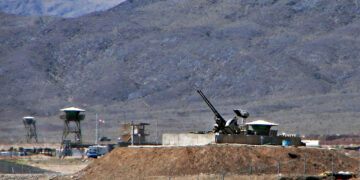
Featuring Rosemary Kelanic
October 16, 2025

Featuring Daniel DePetris
October 8, 2025




